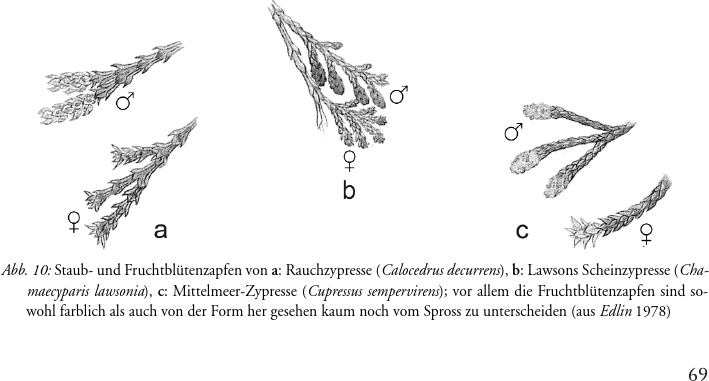Der Nadelbaumtypus
Schritte zu einem imaginativen Baumverständnis
Export Article Citation as
- Plain text
- BibTeX
- RIS format
- Download price : € 6.00
Abstract:
This article deals with the question of how the being ‘tree’ can be understood in such a way that evidence can emerge which, for instance, makes it possible to recognise the ecological niche of the European mistletoe (Vis cum album), a plant that could not exist on earth without its particular living host tree. Although trees are plants, they differ from herbaceous plants in many ways. Not only can trees live to great ages compared with other organisms, but also they actively create mountain-like, concrete spaces. From this point of view, the sim ilarity between trees and minerals becomes evident. Therefore, in contrast to herbaceous plants, trees lose their ability to produce impressive flowers. Conifers can be regarded as the most mineral-like group among trees. This article primarily covers the form of the conifer and its variability as well as attempting to achieve a natu ral systematology of the conifers using a phenomenological approach. Single conifer species, especially the two mistletoe hosts pine (Pinus sylvestris) and fir (Abies alba), are judged essentially according to their unique ex pression. This can help towards revealing their curative power.












